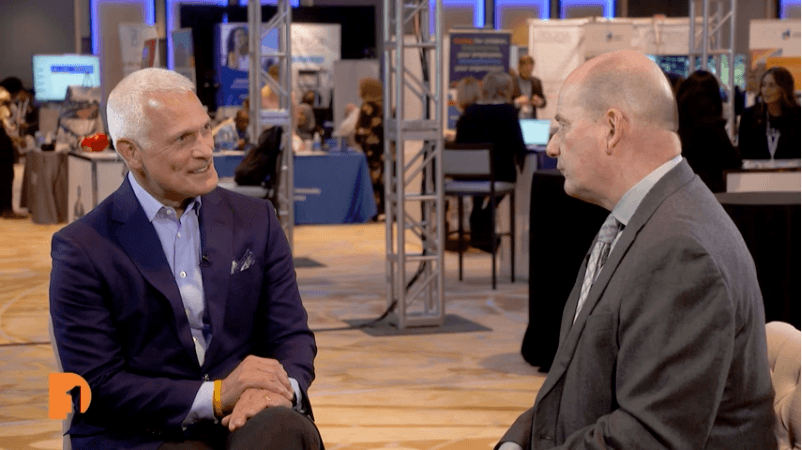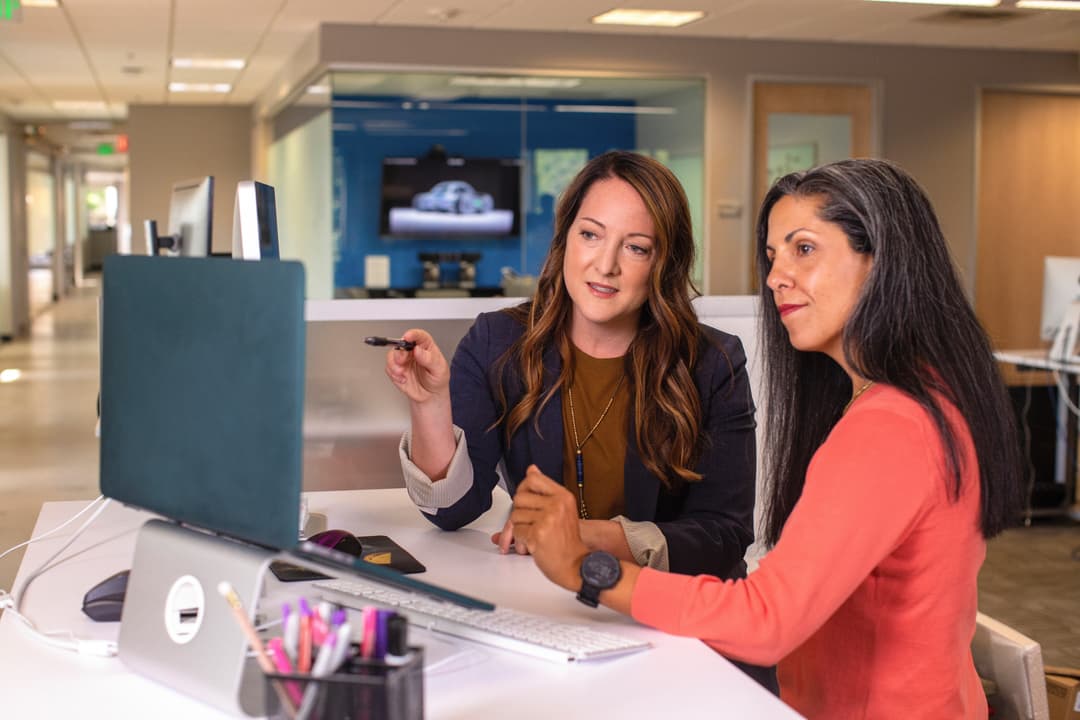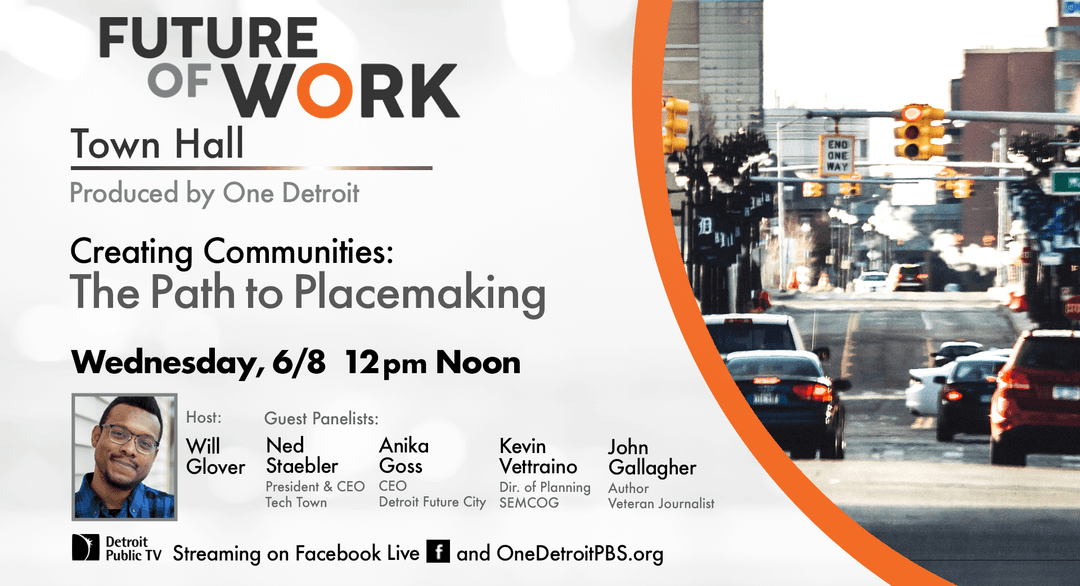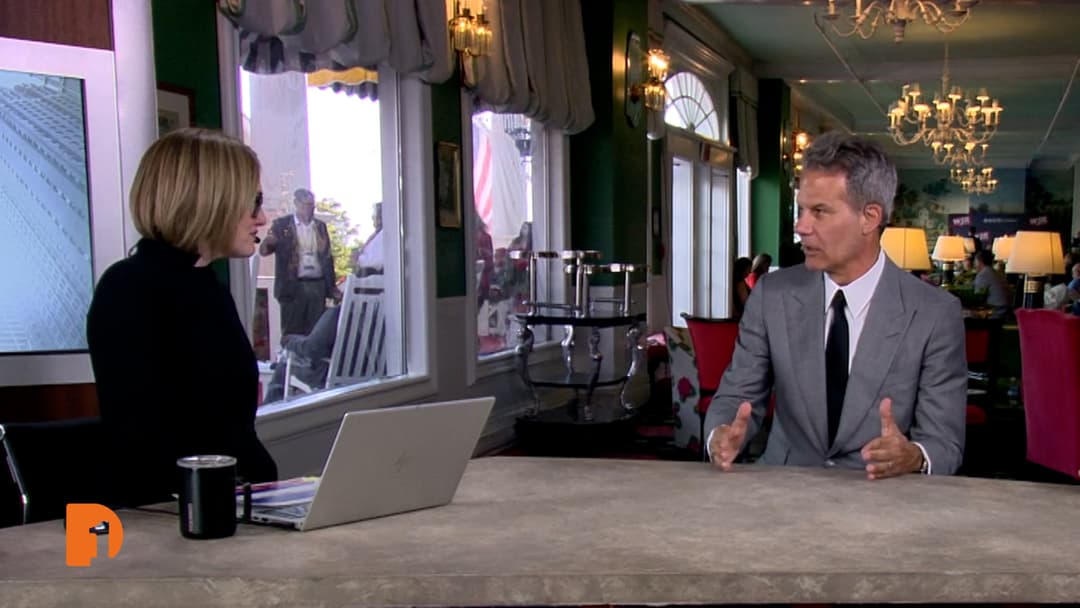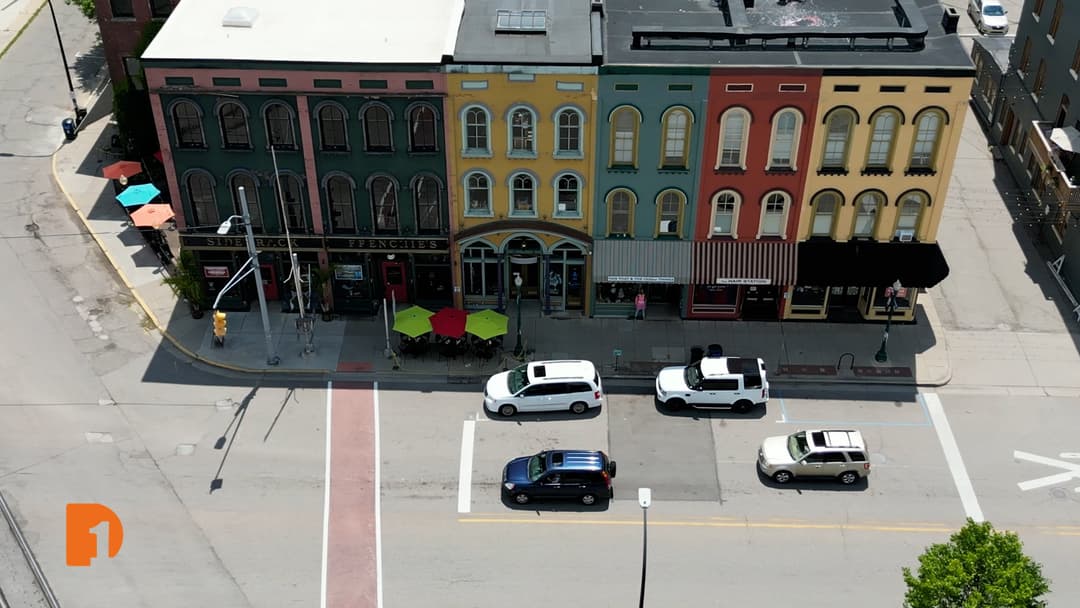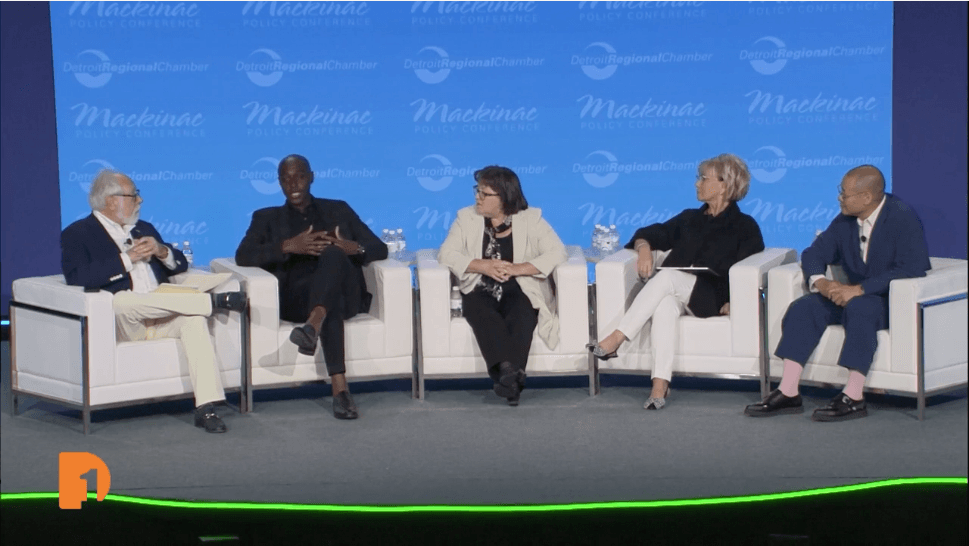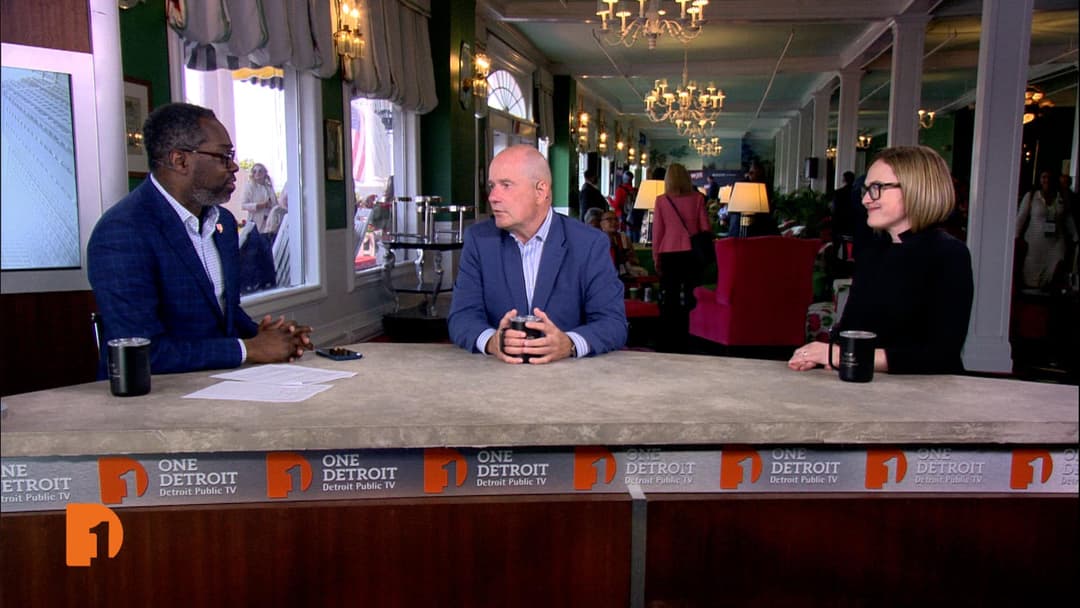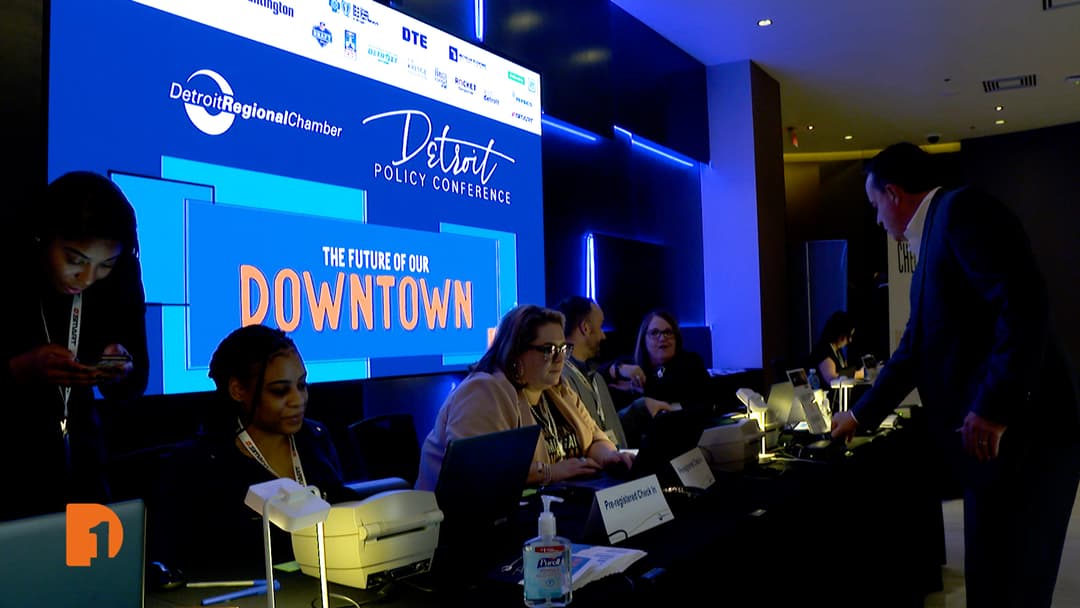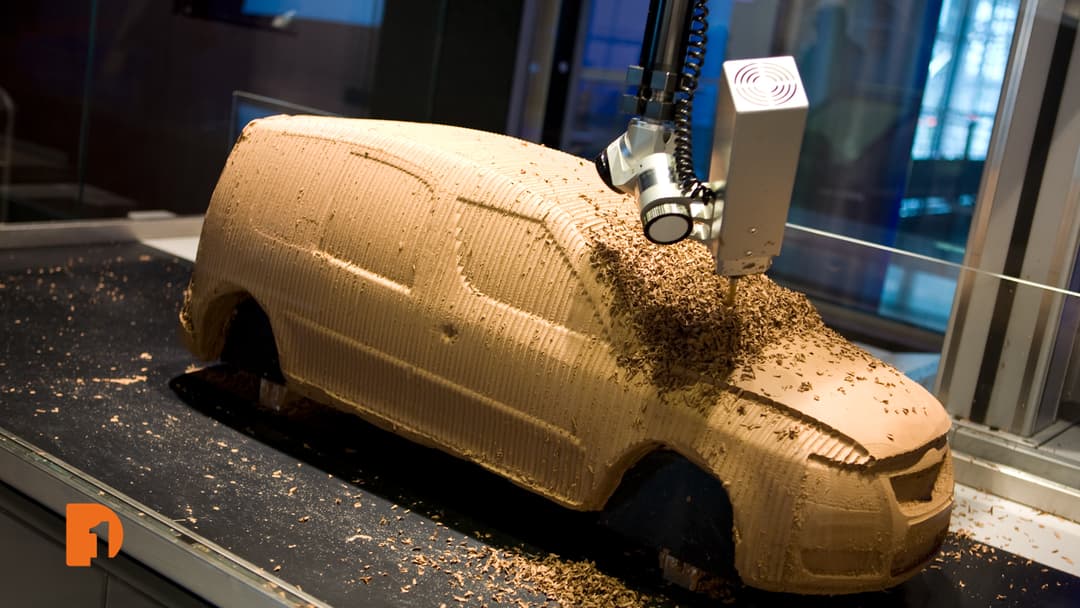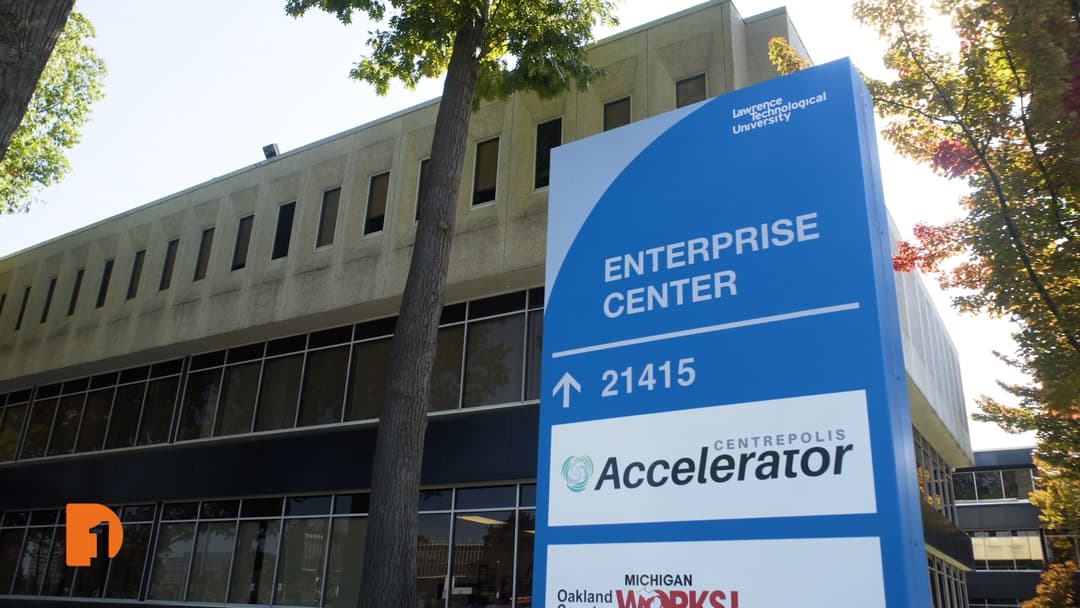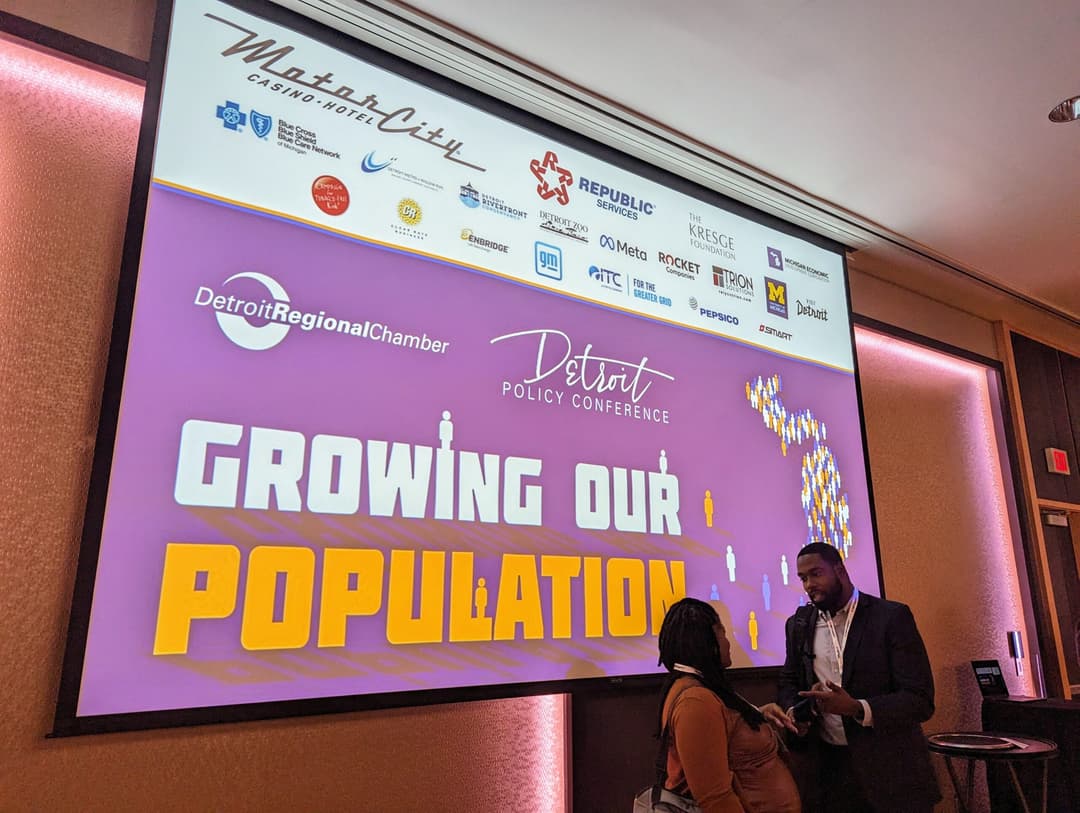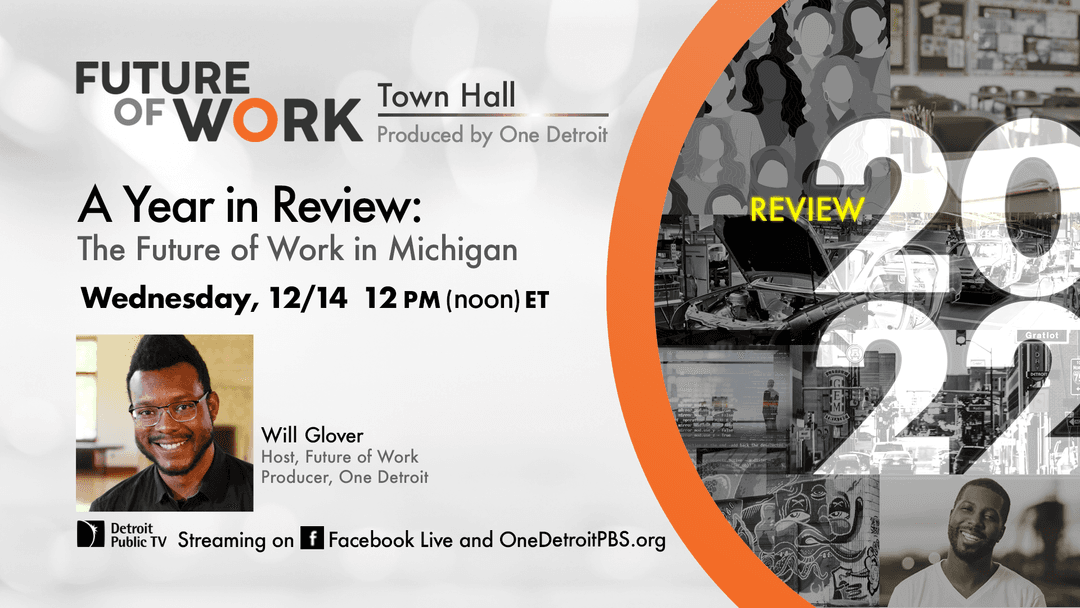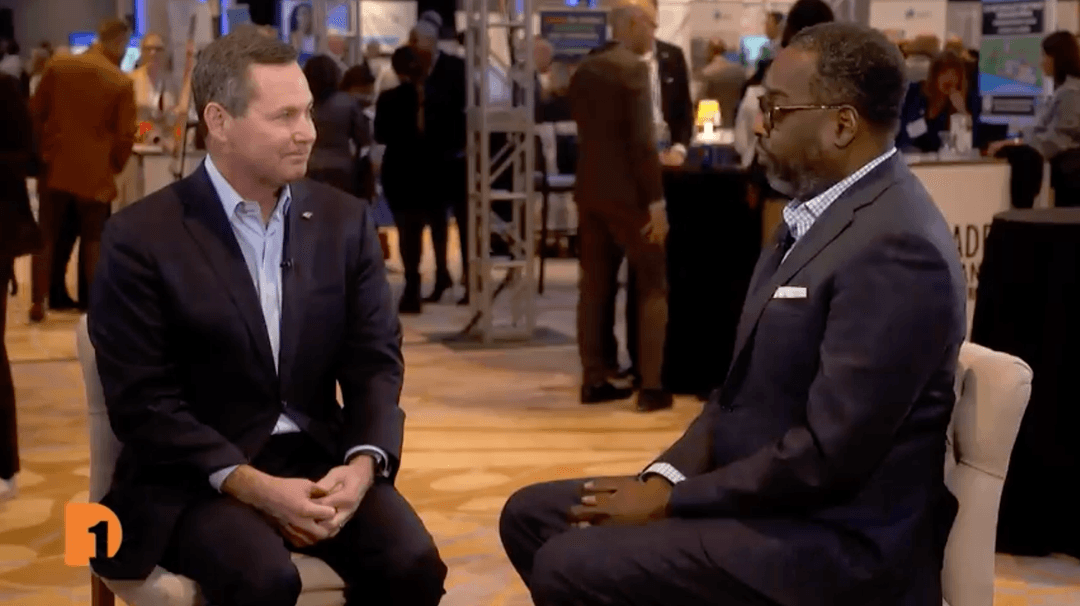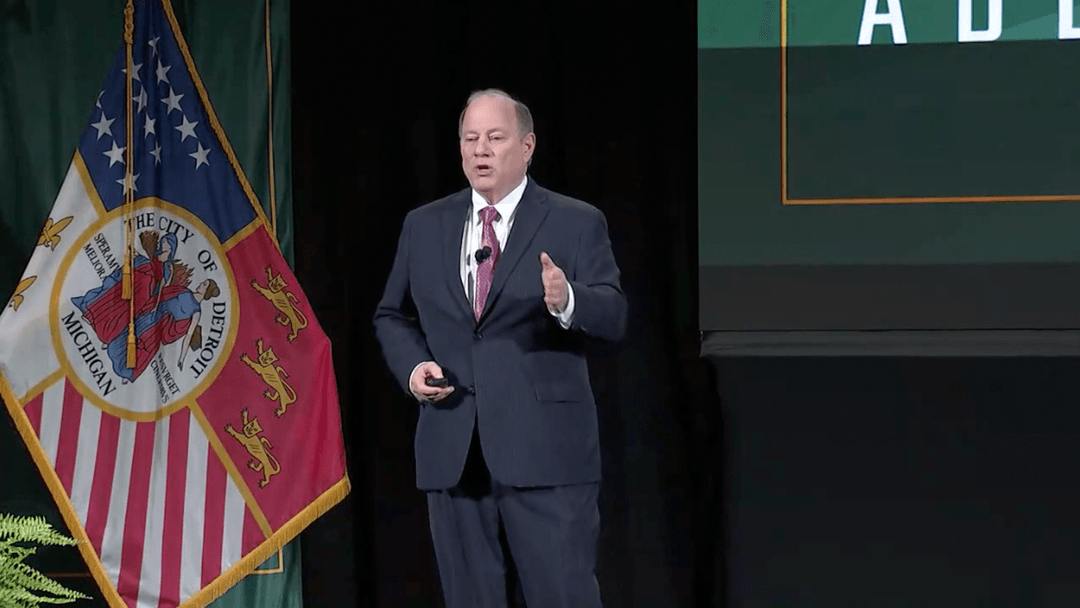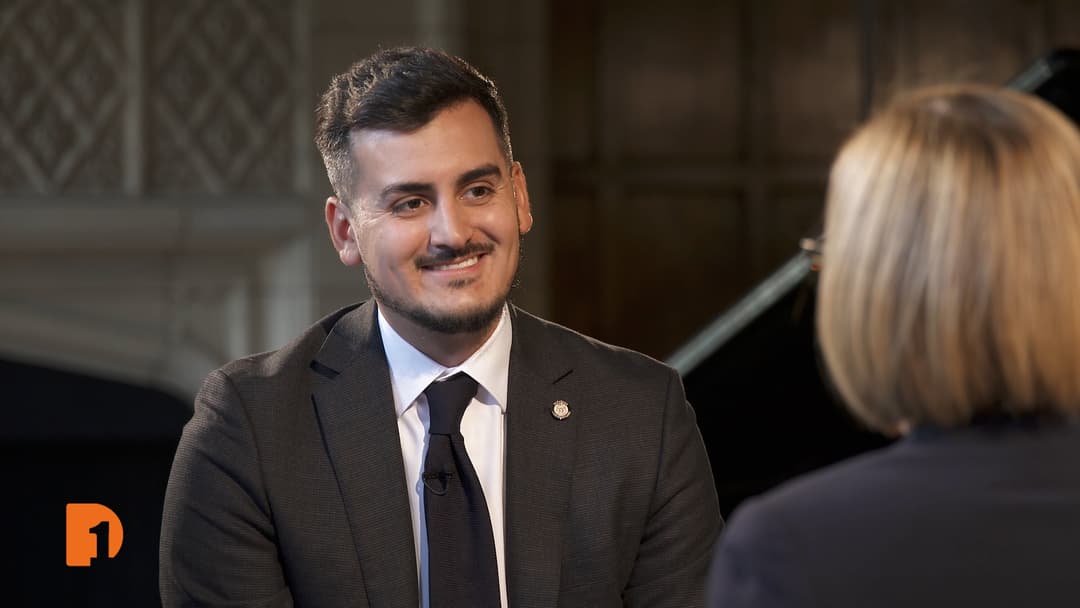Placemaking: The Path to Increasing Quality of Life, Talent Attraction in Michigan
Jul 21, 2022
Placemaking — it’s the term often used to describe the process of increasing the quality of shared public spaces where business owners, workers and families can gather. When it comes to placemaking efforts, what has Michigan done and have those investments paid off today?
RELATED: Check out One Detroit’s extensive Future of Work coverage here
From One Detroit’s Future of Work virtual town hall, “Creating Communities: The Path to Placemaking,” Future of Work host Will Glover talks with TechTown President & CEO Ned Staebler, Detroit Future City Chief Executive Officer Anika Goss, Author of “Reimagining Detroit” and former Detroit Free Press Senior Business Columnist John Gallagher, and Southeast Michigan Council of Governments (SEMCOG) Planning Director Kevin Vettraino about whether Southeast Michigan has the infrastructure, amenities and investments to attract and retain the future of workforce talent, the barriers against placemaking efforts, how the future of work intersects with residents’ quality of life, and the need for strategic city planning and public transit in Michigan.
Full Transcript:
Will Glover, Assoc. Producer, One Detroit: Michigan is aging and the population growth rate has been relatively flat over the last decade. Attracting young, talented people to live, work and play in the glove state is a major factor in Michigan’s growth and future economic health. One way to lure entrepreneurs, new families and knowledge economy workers to the region is placemaking. Veteran journalist and author, John Gallagher, has covered placemaking for years.
John Gallagher, Author and Veteran Journalist: There’s general agreement that placemaking involves a variety of building types and sizes and uses. So you’re mixing retail, residential, you know, civic entertainment, commercial, I mean, almost everything but industrial.
There needs to be a variety of transportation options. So you have, not limited to cars, but including busses, trams, bicycles, bike lanes. The district needs to be very walkable and a very heavy emphasis on what’s good for pedestrians or wider sidewalks. A lot of sidewalk cafes. Now, you know, really safe intersections where people can cross quite easily, probably some civic space like parks or plazas and all done up in a very lively, walkable way. So, as you said, people can live and work and play within or in a relatively compact area.
Will Glover: Anika, I’d like to bring you in because I think the term placemaking and the thought process behind it can be a little elusive for anyone who’s not directly familiar with it.
So with the work that you do, I would ask if you can just explain a little bit about what the specifics are. What are we talking about when we’re talking about what makes a good place? What are the physical elements that go into that type of planning and make a place attractive for someone to want to live?
Anika Goss, CEO, Detroit Future City: When we think of placemaking, we should be thinking about communities that are amenity-rich, that are places where you would want to raise your family, that you can thrive, no matter where you are in your life. Whether you’re a single person, as a single young person or a single older person.
Will Glover: Ned I’d like to bring you in to talk about creating good places and designing and developing places around those accommodations. What does that do for business?
Ned Staebler, President & CEO, TechTown: Businesses especially, well, all businesses thrive on people. So it could be people walking by that are customers or it could be employees that are coming to work in an office location. And in both cases, those folks are looking for the same thing. And I think sometimes we overcomplicate this. You know, we think of it as something that they have in other places that it’s in, as I think you said, in Europe or in bigger cities or whatnot. But, you know, placemaking to some extent is pretty simple.
Is, you know, places that people feel comfortable, that have safety, that have lighting, that have crosswalks, that are designed with the current residents in mind. Now you say, “Oh, you know, that will attract other people.” Well, sure, because people want to be around those things.
Will Glover: Director of Planning for the Southeast Michigan Council of Governments, Kevin Vettraino, points out that this isn’t just a matter of having more cafes and nicer crosswalks.
Kevin Vettraino, Planning Director, SEMCOG: What we need to be thinking about is, how are we designing our spaces and our land use regardless of where you are in the region. Are our roads and our sidewalks and our transportation networks supporting places that people feel comfortable, people feel safe, that are accessible?
I think that word has come up a couple of times, and accessible is for all ages. We’re an aging region. We’re an aging nation and that’s not anything that’s new. We’ve been thinking about it for a long time, but we have to make sure that our places are accessible, open and equitable for all.
Will Glover: Although progress is being made all around the state, the debate about how public investment is allocated remains.
Anika Goss: I can tell you for statewide and some of the trends that we’re seeing, is that we continue to lose younger people. Right. Because we’re not investing with young people in mind for our urban centers. With losing young people as an economic base, you end up losing your future middle-class, working-family base, right? And that is regardless of race. We’re seeing across the board, younger people are going to school in Michigan and then leaving and finding other places to live.
Will Glover: Where does Michigan stand regionally in comparison to Ohio, Illinois, Wisconsin, these other places that are Midwestern towns and states that we are in direct competition with?
John Gallagher: Yeah, well, I think we’ve lost ground in a lot of ways. Our output, our economic output statewide, even though it’s growing, is growing a lot slower than other cities. We used to be a top ten state in terms of economic output. Now we’re about 13th or so. We’re dead last in some areas. That was a big discussion point up at Mackinac recently.
I don’t think Ohio or Illinois are necessarily better than we are in terms of placemaking. I think the modern American urban landscape is mostly, you know, sprawl land. But I think Michigan really needs to wake up. I mean, in terms of educational achievement, we’re lagging. In terms of amenities for young people, we’re lagging. Our population is just flat, whereas other, you know, the Sunbelt continues to grow.
Ned Staebler: Since 1990, 1989, we’ve dropped in per capita income in Michigan precipitously. We’re now down to like 34th in the country, whereas we used to be in the low teens. We are relatively a much poorer state than we were 30, 40 years ago. And, you know, I will even challenge your premise of, how are we competing with Ohio and Illinois?
The answer is, John’s correct. We’re not competing very well with them. They’re beating us. But I’d argue that we don’t even want to compete with them because, you know, he also correctly pointed out that even Ohio and Illinois aren’t really doing all that well in this area. But other states like Minnesota or I think you mentioned Seattle and Washington and Boston, Massachusetts, those are the states we should be competing with and they’re kicking our butts. So let’s just be honest with it. They’re moving right up.
And, you know, go into it, what Kevin talked about all the things we need to do. These aren’t accidents. You know, it’s not like, “Oops, we accidentally made a nicer place.” These are investments. They require us to make long-term investments in things like transit and walkability and safety and, you know, education in schools.
And Michigan’s dead last in almost all of that stuff. Behind Ohio and Illinois, but way behind Washington, Virginia, Colorado, California, you know, a lot of other states are intentionally doing a lot more than us. And if we don’t change that, we’re going to keep slipping further and further behind. And I think the very first thing we need to do is change our mentality of who we’re competing with.
Will Glover: John, I would like to give you the last word. What is your thought as to, what is the low-hanging fruit? What should be our main focus?
John Gallagher: Public transit. You know, we have an appalling lack of public transit. If you travel to any of the great cities, you know, London, Paris, Berlin, New York, Chicago, Washington, you know, you can get anywhere on public transit and you don’t need a car. And that is an economic development tool as well. I mean, that’s great for business. It’s not just that it’s kind of convenient to get around. I mean, it really is, you know, the stuff that makes the whole society go. So, you know, reliable, safe, relatively inexpensive public transit is the key.
Stay Connected
Subscribe to One Detroit’s YouTube Channel & Don’t miss One Detroit Mondays and Thursdays at 7:30 p.m. on Detroit PBS, WTVS-Channel 56.
Catch the daily conversations on our website, Facebook, Twitter @DPTVOneDetroit, and Instagram @One.Detroit
View Past Episodes >
Watch One Detroit every Monday and Thursday at 7:30 p.m. ET on Detroit Public TV on Detroit Public TV, WTVS-Channel 56.
Stay Connected
Subscribe to One Detroit’s YouTube Channel and don’t miss One Detroit on Thursdays at 7:30 p.m. and Sundays at 9 a.m. on Detroit PBS, WTVS-Channel 56.
Catch the daily conversations on our website, Facebook, Twitter @OneDetroit_PBS, and Instagram @One.Detroit
Related Posts
Leave a Reply
Your email address will not be published. Required fields are marked*


